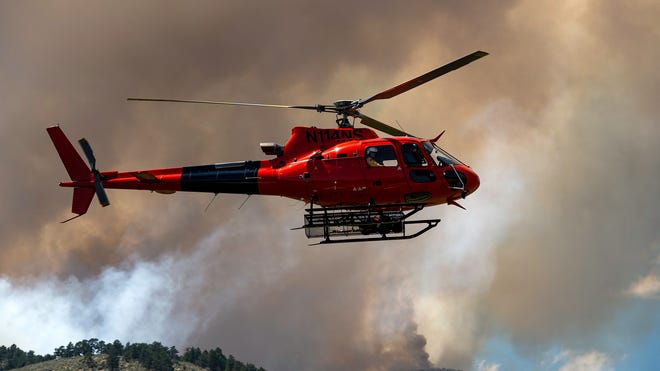As the Alexander Fire spread, the region's climate became hot and dry.
“Those are the two shortcomings of firefighting,” said Paul Schlatter, a meteorologist with the National Weather Service.
Schlatter said the relative humidity around the fire was about 10 percent, which was “abnormally dry,” and temperatures in the Big Thompson Canyon below the fire reached more than 90 degrees. On Tuesday, similar conditions are expected, with temperatures near the fire expected to be in the upper 90s.
Schlatter said, “One of the bad things about tonight is that normally with cooler overnight temperatures, the relative humidity rises significantly. Sometimes we see over 50 percent humidity rises, which helps prevent fires from spreading too quickly.” But tonight, that doesn't look like that's going to happen, and 25% is what we expected.
Winds, on the other hand, will be fairly light at 10 to 15 mph with occasional gusts up to 20, and should die down as the evening progresses.
“Tonight, we're anticipating westerly winds of 6 to 12 mph, so it won't be as strong as today and certainly not higher wind speeds,” Schlatter said. “That should be good for firefighting efforts.”
